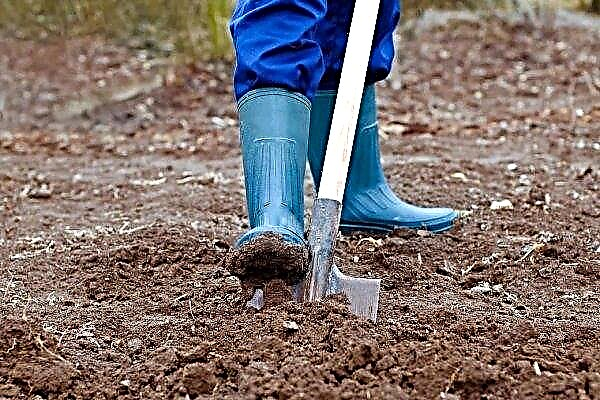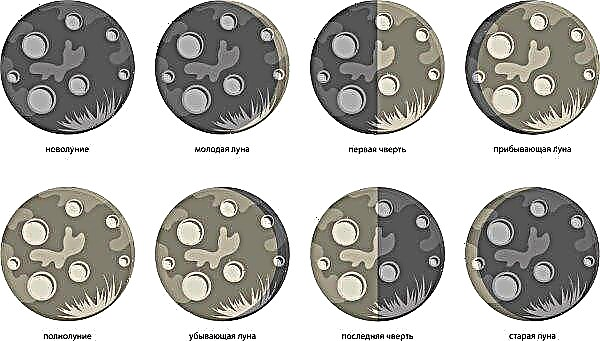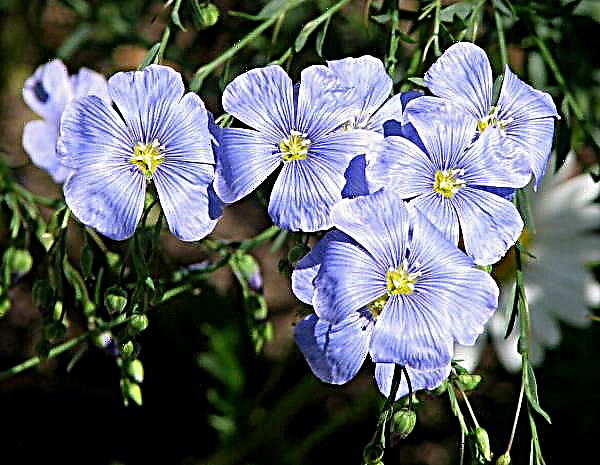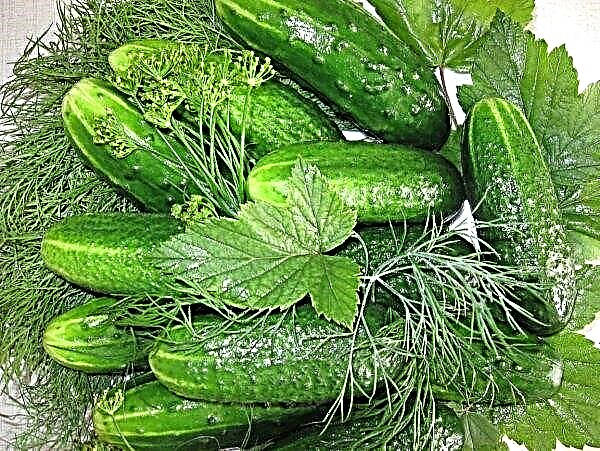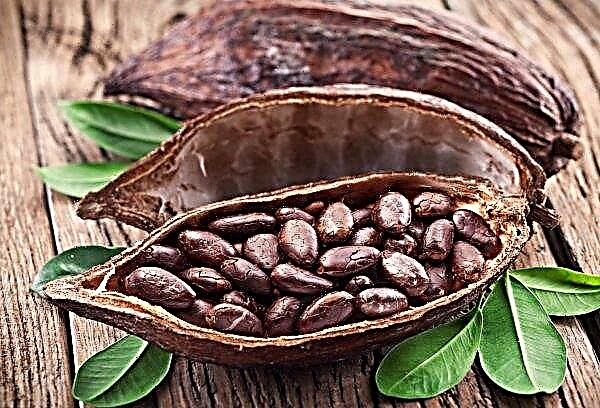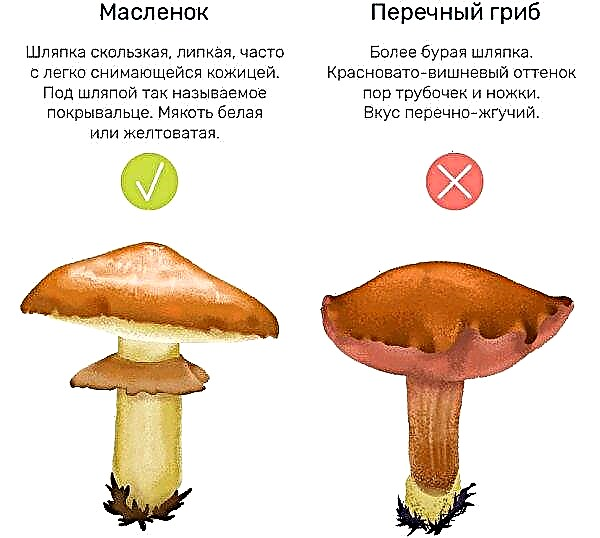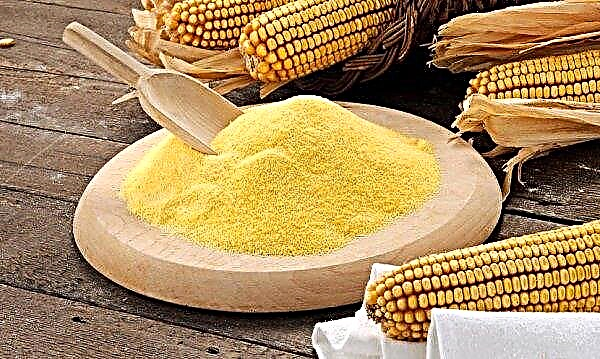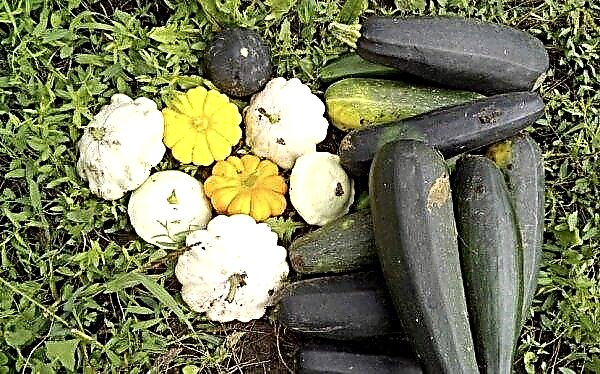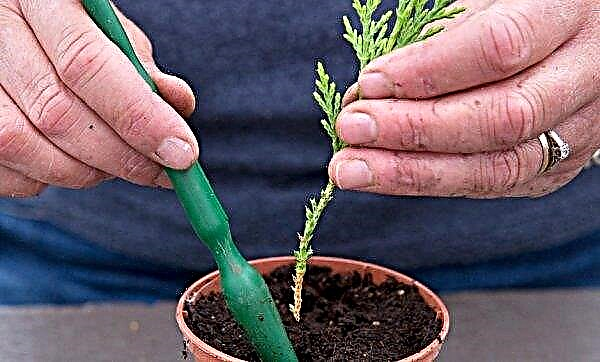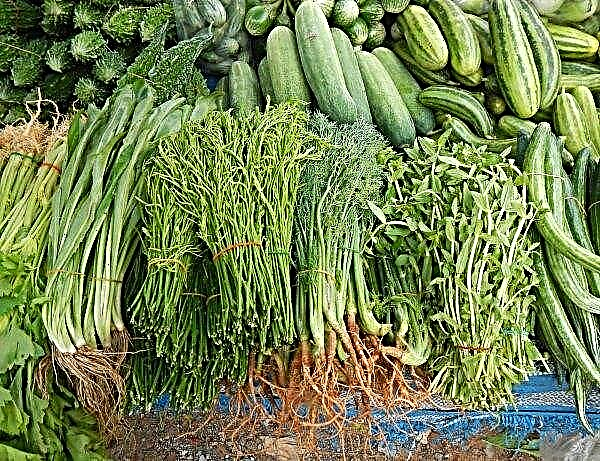Since the beginning of summer, lush hydrangea bushes adorn urban terraces, balconies, and parks. But these flowering plants may have problems. Among them is the twisting of leaves. Read more about why hydrangea leaves, including the tree-like, are curled, and what measures can be taken, read further in the material.
Why do hydrangeas curl leaves at the edges and what to do
There are not many reasons for the leaves to curl, and the fungus is not among them. Therefore, you can safely exclude spraying with fungicides from the list of mandatory activities and focus on other ways to solve the problem.

The main causes of twisting:
- The first and most common is damage by sucking insects. These can be aphids and other pests that feed on plant sap. They damage the cells at the beginning of the life of a young leaf, and as a result, when it reaches its full size, it begins to twist.
- The second reason is herbicide damage.. This is especially true if hydrangeas grow near agricultural fields. A herbicide accidentally falling on a plant causes just such a reaction of leaves - simultaneous twisting and yellowing.
- The third reason make viral diseases relevant. They cause yellowing of the leaves, and then their twisting.
Pests
Indoor hydrangeas are usually not attacked by insects, but this happens with street ones. If the bush grows in the shade, is poorly blown by the wind, is too thick and has a lot of moisture around it, then it is more often subjected to pest attacks. Therefore, first of all, make sure that the bushes grow in the right conditions.
Snails
In cool weather, 200 slugs per 1 m² can be in a humid garden. As a rule, they settle in organic residues (tops, leaves), hide in depressions in cool soil. They feed on any garden plants.

Slugs are gluttonous, breed fast and can produce up to 3 generations per season. These mollusks are hermaphrodites. They do not need to mate to lay up to 400 eggs in the summer months. You can identify the presence of slugs in the garden by the mucous trace shining in the sun. They chew the leaf from the edge towards the stem. They always eat at night. They can hide in the mulch of bushes, so it is periodically checked.
Did you know? During the excavations in the northern regions of America, fossilized parts of hydrangeas growing over 40 were found–70 thousand years ago.
To prevent the movement of pests in the garden, you can sprinkle aisles with crushed shells. They are too sharp and become an insurmountable barrier to the soft bodies of mollusks. Gardeners often use planks as traps - pests climb under them when it gets too hot.
You need to collect slugs from there daily, and destroy it by throwing it in a container with salt water. Some gardeners recommend setting traps from containers with beer or yeast water into which pests get. With a large number of them, it is possible to process the places of a possible accumulation of Molluscocide.

Spider mite
Spider mites appear in the garden in hot weather. These are medium-sized parasites with a diameter of up to 0.5 mm, red or brown, which settle in the internodes on the underside of the leaves, which makes them difficult to detect.
Check out

Ticks feed at night; multiple small discolored dots over the entire surface of the sheet may indicate their presence.
Discoloration occurs as a result of exposure to plant cell toxic saliva of the pest. Over the summer, each female manages to lay eggs several times.
One clutch can contain up to 200 eggs that hatch after 7 days.
Pest control can be started by spraying the bush with a solution of insecticidal soap (15 g per 1 liter of water). Do not forget that you need to process the lower side of the leaves. However insecticides and acaricides are recommended to be used only when there are too many parasites. There are many natural predators for ticks in the garden, but spraying with chemical reagents will lead to their death and then it will be difficult to fight pests.

Predatory insects do not feed on leaves. They can migrate if their natural prey is destroyed, but they are not dangerous for flowering hydrangeas. Also, do not apply insecticide spraying during flowering plants. It is harmful to pollinating insects.
Aphid
Identifying aphids is very simple. These are small insects with a soft pear-shaped body up to 0.7 mm long, brown or green. They colonize on the leaves of plants and the ends of young shoots. Some varieties may be woolly coated.
Aphids feed on plant sap. Traces of their life will be deformed, stunted, yellowed leaves. They can be covered with a sticky sweet coating - aphid secretions. Sooty fungi will develop on these secretions, which stain the leaf with dirty black coating. The fungus itself is not dangerous, but it prevents photosynthesis, as a result of which the leaves turn yellow and die.

The danger of aphids is also that it can be a carrier of viral diseases. You can get rid of aphids by treating the bush with water with the addition of a dishwashing detergent (1 teaspoon per 1 liter) or insecticidal soap. The treatment is repeated after 2 days for 2 weeks.
ANDh biological methods of fighting aphids using lacewings or wasps. They are natural predators that control the pest population. Aphids also repel the smell of mint, garlic and green onions, but mustard and nasturtium attract. And this must be taken into account when laying flower beds.
Gall nematode
Nematodes are microscopic parasites that can cause serious damage to the garden. These pests are a type of roundworm. In nature, there are more than 25 thousand species. From the point of view of agriculture, 2 main groups are considered - predatory and parasitic. Biological preparations with predatory nematodes are a way to control the populations of these and other parasites.

Nematodes are almost invisible to the naked eye. They can eat plant tissue, as a result of which the plant focuses on healing damage, and not on growth, so the leaves can curl, turn yellow and die. Nematodes cause growth retardation of bushes, and also differ in that they quickly affect other crops in the garden.
The most reliable ways to combat pest:
- crop rotation compliance;
- soil solarization;
- the acquisition of plants in reliable nurseries, so that accidental infection of the soil by pests does not occur;
- separate irrigation of garden plots so that insects and pathogens are not transferred along with water.
Important! The name hydrangea very accurately conveys its need for water, because "hydro" in Greek means water, and "Angos" — a jar or vessel. Therefore, the plant is in great need of watering.
How to diagnose the effects of herbicides
Hydrangeas can be injured by exposure to herbicides. Symptoms of this effect are twisted leaves, narrow leaf plates, yellowing of newly emerged leaves. The spread of herbicides occurs through the soil when spraying weeds. They are often used to destroy vegetation along roads, fences, railways, and power lines.
 If the substance fell onto the leaves by accident, then the bush should be abundantly watered, irrigating and foliage in order to minimize the concentration of the substance with water.
If the substance fell onto the leaves by accident, then the bush should be abundantly watered, irrigating and foliage in order to minimize the concentration of the substance with water.
If hydrangea is planted near the road, which is constantly treated with herbicides, then most likely it will die in time. Try transplanting it to another place and do not forget to make compost or humus when transplanting.
Did you know? In the symbolic language of flowers, hydrangeas mean gratitude and cordial affection.
Hydrangea-infecting viruses
There are several viruses that can infect hydrangea.
Including:
- spotted virus (Hydrangea ringspot virus);
- tomato bronze tospovirus (Tomato spotted wilt virus);
- latent spotting virus (Hydrangea latent ringspot virus).
All of them can slow down the growth of the plant, discolor the leaves and cause the appearance of spots on the flowers, and then their withering and decay. Visual symptoms include spotting, galling and blistering, curling, chlorosis with green or brown spots on the leaves.

The main mode of transmission is through juice. Viruses are transmitted mechanically by contact with a garden tool (secateurs, scissors), therefore, when cutting bushes, always disinfect the cutting tool. They are also carried by aphids such as green peach aphids. Sometimes they can be transmitted by nematodes or thrips.
It is impossible to fight viruses. Such an infection is systemic in nature, as a result of which infected plants are simply removed and destroyed. You can plant a new one at the site of a diseased bush no earlier than a year later, otherwise the new seedling will infect the viruses.
Leaf diseases
Most leaf diseases are fungal in nature. They appear in the form of spots of different colors and shapes. Such diseases do not cause twisting, but spots are the symptom due to which fungal diseases are similar to viral ones. Therefore, the gardener should get acquainted with the main diseases caused by the fungus, and how to treat them.
Chlorosis
Chlorosis is the yellowing of leaf tissue due to a lack of chlorophyll.
Possible reasons for this:
- poor drainage;
- damage to the roots;
- alkaline soil;
- lack of iron and other elements in the soil.

Bushes will not be able to absorb nutrients from alkaline soil even if they are in sufficient quantity there. The same effect will occur if there is an excess of moisture in the soil. Plants are not able to use iron from the soil if the acidity level is above 7.0 pH. Iron deficiency manifests itself in discoloration of the ends in young leaves, then it appears in more mature ones.

Deficiency of manganese and zinc, on the contrary, affects old leaves. All these substances are needed by the plant for the formation of chlorophyll, when they are lacking, the leaves turn yellow. With severe chlorosis, the veins of the leaf plate turn yellow, and then it dies, so treatment begins with a check of the soil acidity level. Then fertilizers are applied - they are planted to a depth of at least 12 cm in the radius of the crown and abundant watering is carried out.
Septoria
Leaf spotting (septoria) results from infection with Septoria lycopersici. It begins with round spots on the lower sides of older leaves, in the lower part of the bush. At first they are small with a dark brown edge and a lighter center, and then they become large. As a result, the leaves darken, dry and fall.

Treatment of the disease begins with the removal of infected plant tissue. Then spraying with a fungicide based on copper bicarbonate is carried out. You can also use Bordeaux liquid 1% or a solution of copper sulfate 0.5%.
Important! Mushrooms have been at rest for several years, so crop rotation should be observed and bushes should not be planted where the diseased plant was before them.
Rust on flowers
Hydrangea rust begins with large orange spots. The top of the leaf turns brown or yellow, eventually it dies. Fungal spores are spread by wind and water, infecting other garden crops. For the treatment of bushes, copper chloride is used; the solution is prepared at the rate of 40 g of the product per 10 l of water. Other copper-based preparations have the same effect.

Prevention
Disease prevention begins with the fact that the plant is provided with appropriate conditions for growth and development, since weakened bushes are more likely to get sick than healthy ones:
- For planting, they select a sunny site with humus-rich soil. It should be well drained. A plant should be well blown by the wind and lighted for disease prevention.
- Hydrangeas organize moderate watering. The soil should not dry out, but should not be constantly wet.
- The acidity of the soil is neutral or acidic. It is impossible to plant a crop on alkaline soil in order to avoid chlorosis.
- For the prevention of diseases in spring, bushes are treated with Fitosporin or Iskra. The drug is diluted according to the instructions. In summer, hydrangeas are sprayed if there are signs of fungal diseases. If they were not, then the spraying is postponed to the fall - it will also be preventive.
Other preventive measures include removing leaves from the autumn garden. They may contain fungi and pests that have prepared for wintering. Throughout the growing season, weeds are removed, which also become the habitat of insects.
Hydrangea is a beautiful flowering shrub that will decorate your garden from spring to fall. To make it look great, the gardener needs to take timely measures to eliminate pests and treat diseases if they arise. Be sure to consider the fact that different varieties have different susceptibilities to diseases. And, acquiring a plant, it is better to choose one that is resistant to the diseases characteristic of flowering shrubs in your area.

